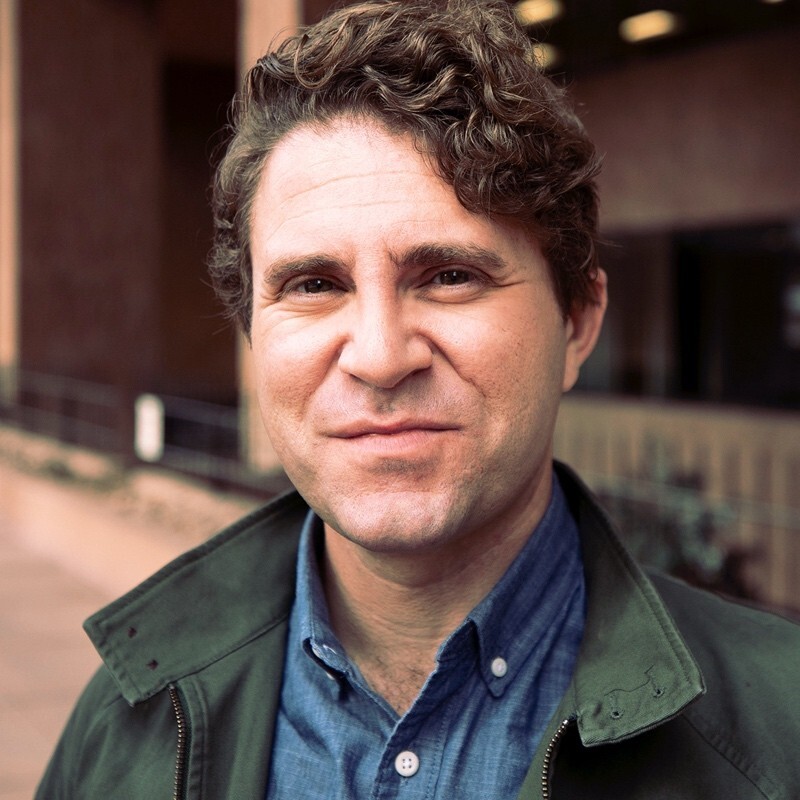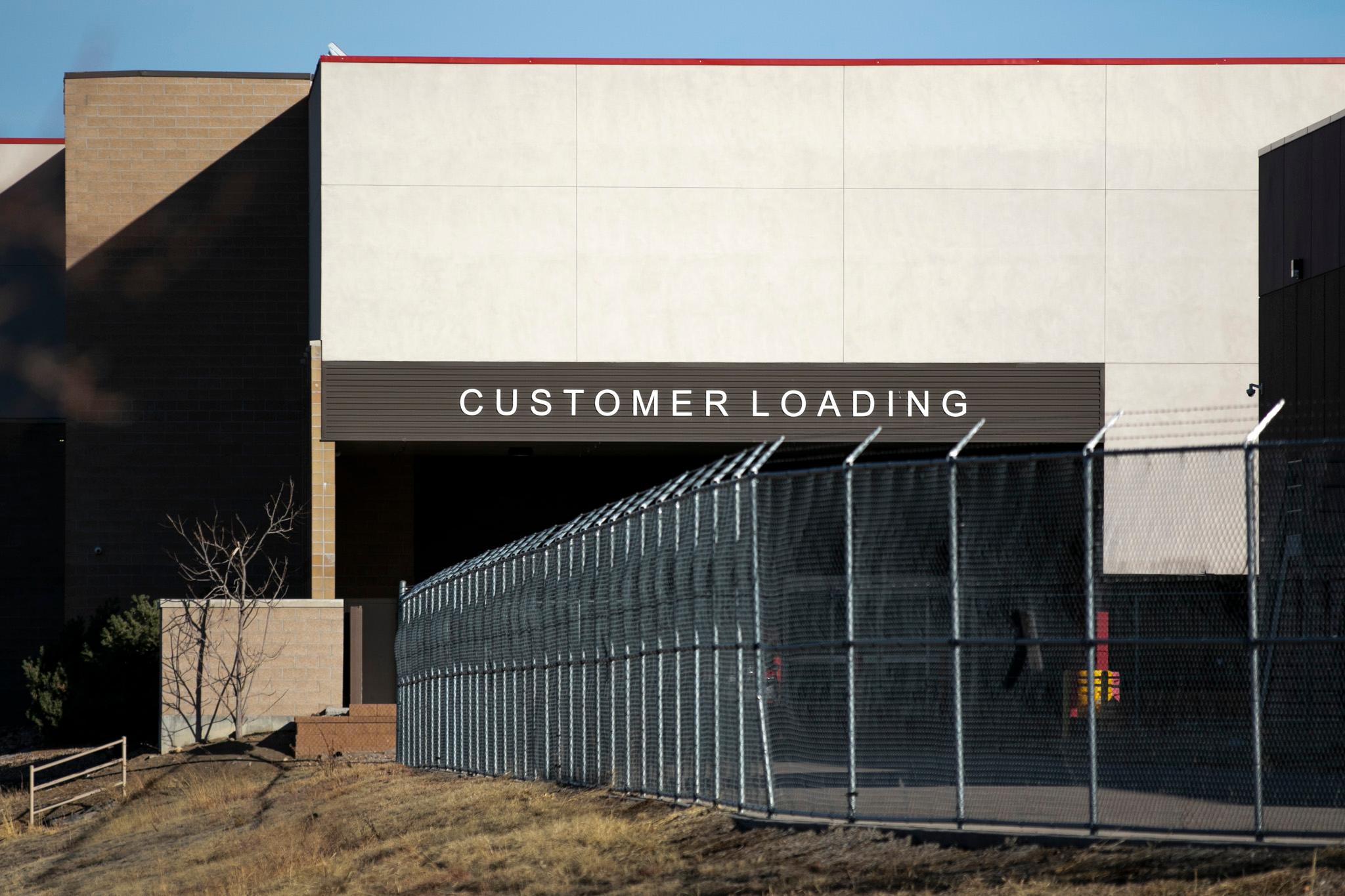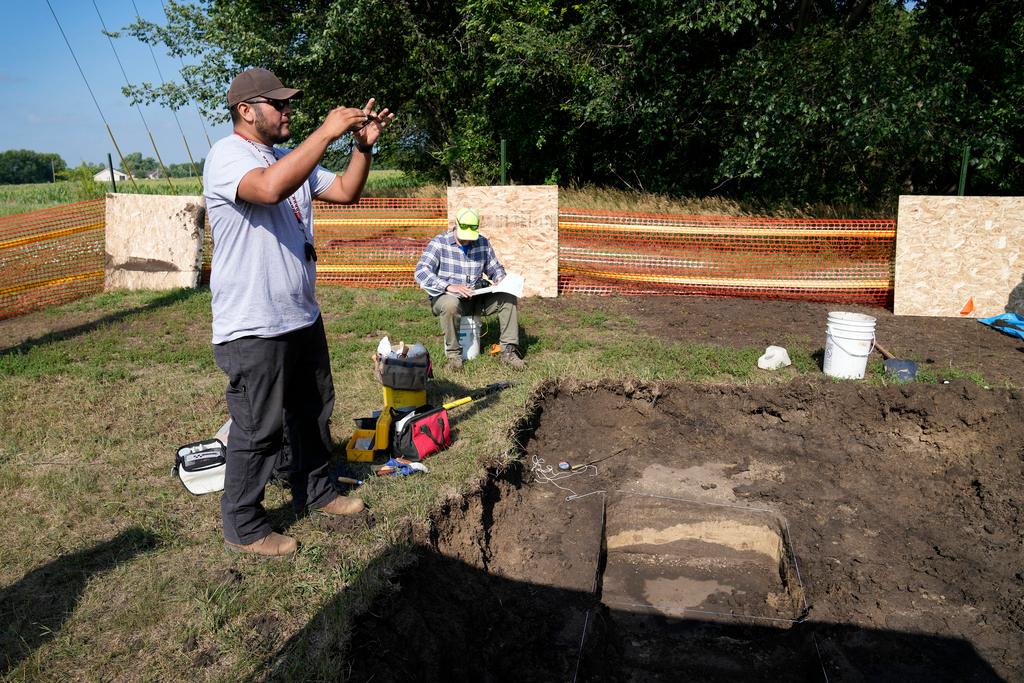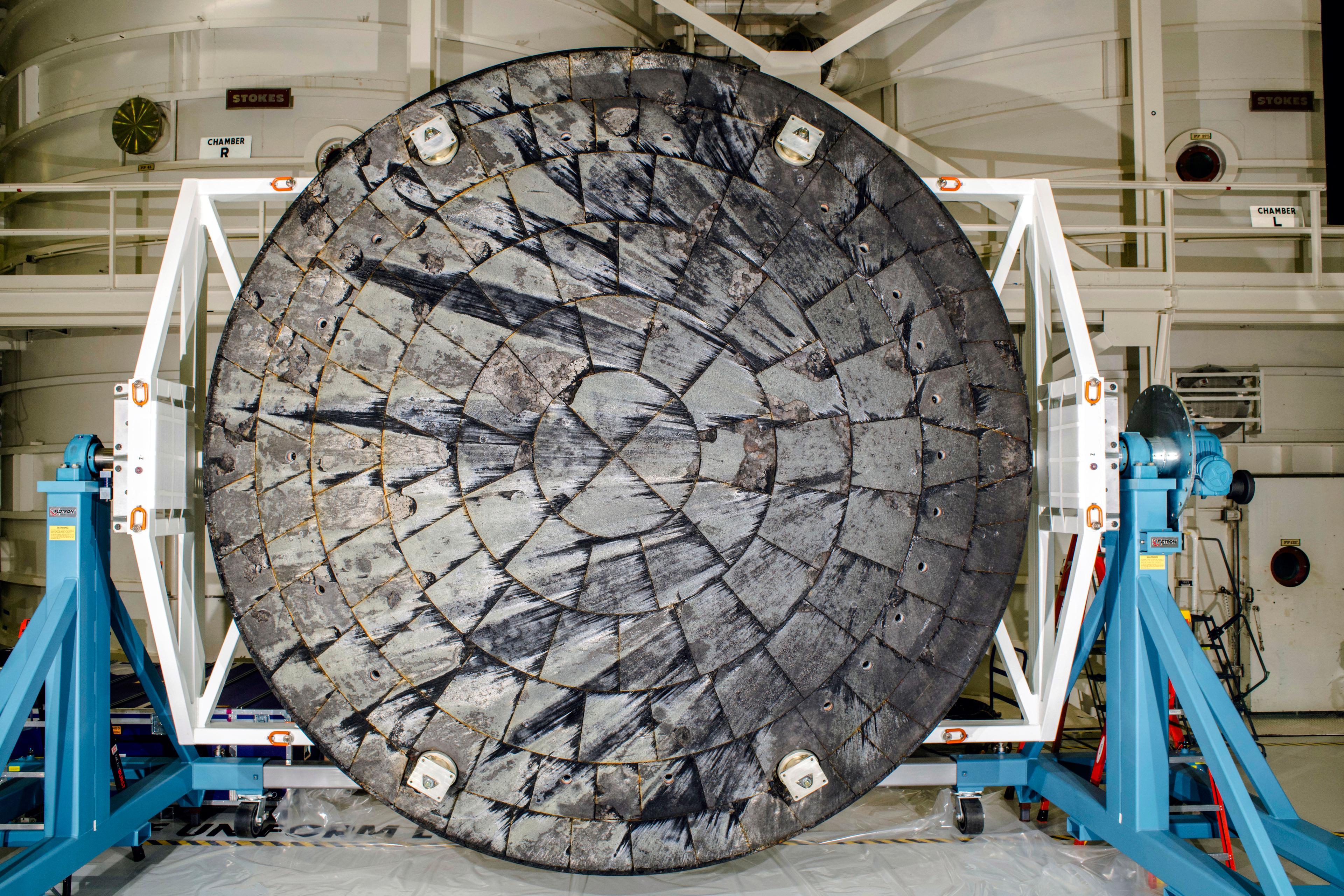
By Marcia Dunn/AP
NASA announced more delays Thursday in sending astronauts back to the moon more than 50 years after Apollo.
Administrator Bill Nelson said the next mission in the Artemis program — flying four astronauts around the moon and back — is now targeted for April 2026. It had been on the books for September 2025, after slipping from this year.
The investigation into heat shield damage from the capsule's initial test flight two years ago took time, officials said, and other spacecraft improvements are still needed.
This bumps the third Artemis mission — a moon landing by two other astronauts — to at least 2027. NASA had been aiming for 2026.
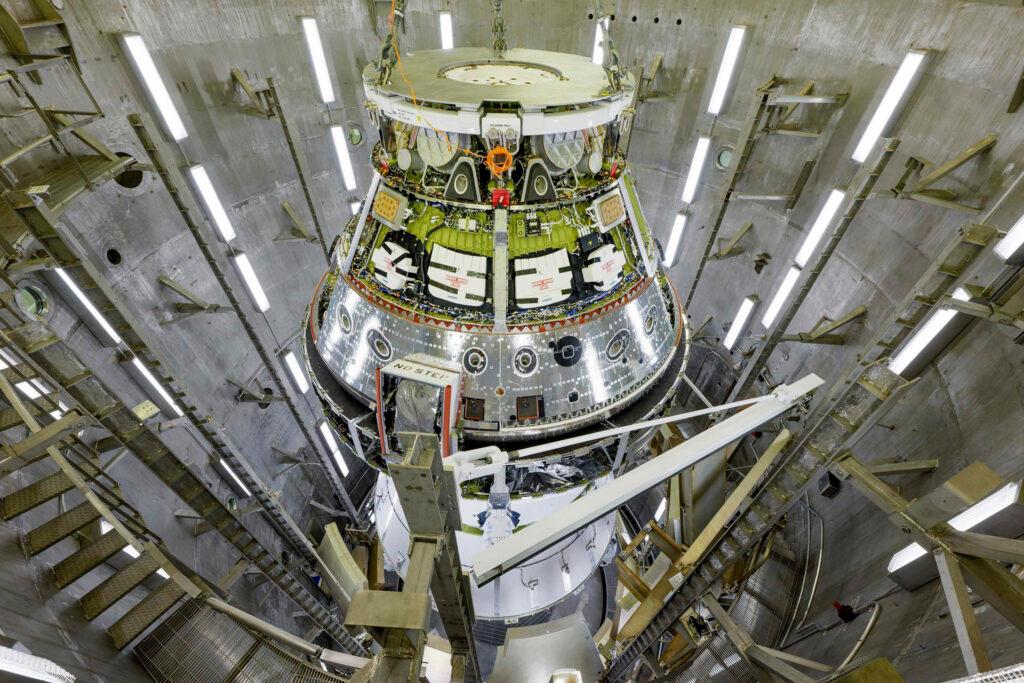
NASA’s Artemis program, a follow-up to the Apollo moonshots of the late 1960s and early 1970s, has completed only one mission. An empty Orion capsule circled the moon in 2022 after blasting off on NASA’s new Space Launch System rocket.
Although the launch and lunar laps went well, the capsule returned with an excessively charred and eroded bottom heat shield, damaged from the heat of reentry. It took until recently for engineers to pinpoint the cause and come up with a plan.
NASA will use the Orion capsule with its original heat shield for the next flight with four astronauts, according to Nelson, but make changes to the reentry path at flight's end. To rip off and replace the heat shield would have meant at least a full year's delay and stalled the moon landing even further, officials said.
During the flight test, NASA had the capsule dip in and out of the atmosphere during reentry, and gases built up in the heat shield's outer layer, officials said. That resulted in cracking and uneven shedding of the outer material.
Colorado-based Lockheed Martin Space is one of the major contractors participating in NASA’s Artemis missions. Hundreds of engineers at the company’s facilities around Denver contributed to the Orion capsule's development.
The commander of the lunar fly-around, astronaut Reid Wiseman, took part in Thursday’s news conference at NASA headquarters in Washington. His crew includes NASA astronauts Victor Glover and Christina Koch and Canadian astronaut Jeremy Hansen.
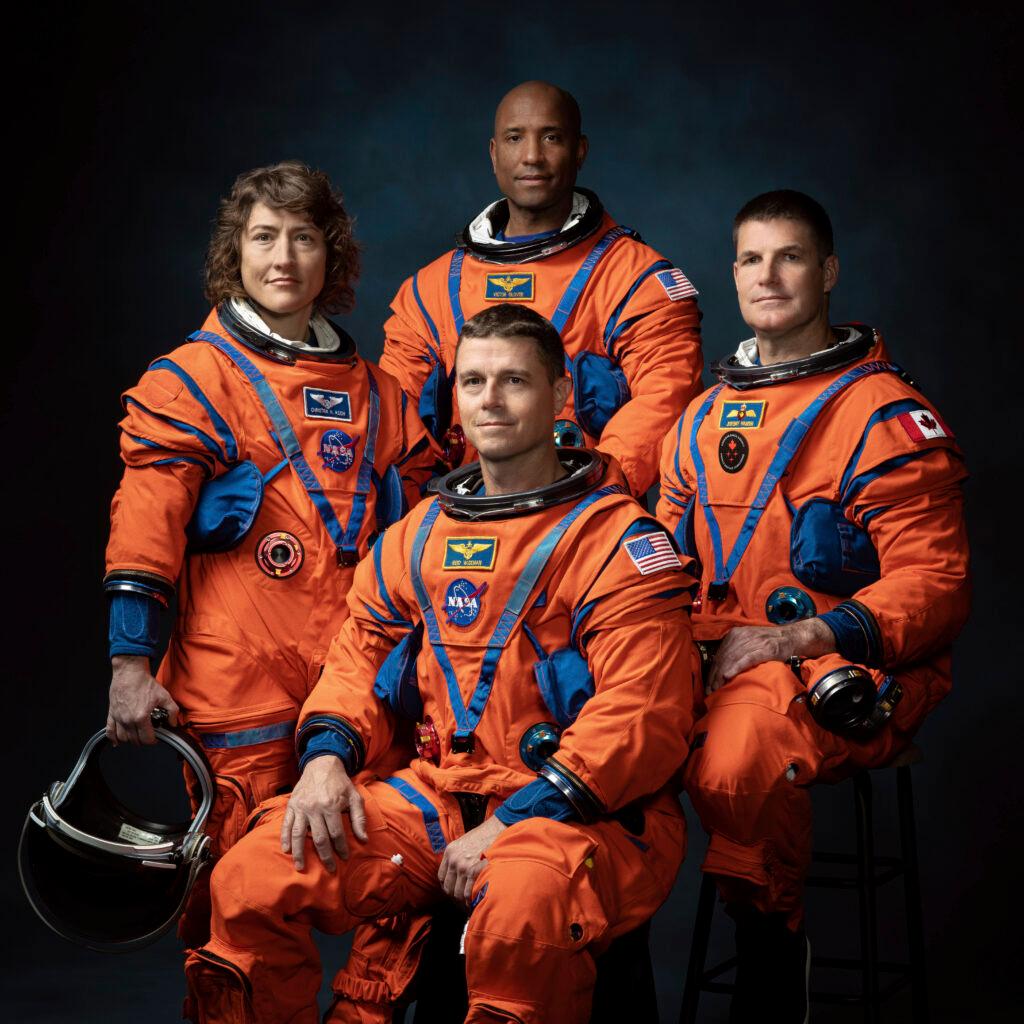
“Delays are agonizing and slowing down is agonizing and it’s not what we like to do,” Wiseman said. But he said he and his crew wanted the heat shield damage from the first flight to be fully understood, regardless of how long it took. Now they can focus with this “large decision behind us."
Twenty-four astronauts flew to the moon during NASA's vaulted Apollo program, with 12 landing on it. The final bootprints in the lunar dust were made during Apollo 17 in December 1972.
Nelson said the revised schedule should still have the United States getting astronauts back on the lunar surface before China, which has indicated 2030 for a crew moon landing.
The space agency has put all the Artemis contractors, including Elon Musk's SpaceX, on notice to “double-down” to meet the schedule deadlines, according to Nelson. SpaceX's mega rocket Starship — making test flights from Texas with increasing frequency — is how astronauts will get from the Orion capsule in lunar orbit down to the surface on the first two Artemis moon landings.
Nelson said he's already called Jared Isaacman, the SpaceX-flying billionaire nominated this week by Trump to lead NASA, and invited him to NASA headquarters in Washington.
The Associated Press Health and Science Department receives support from the Howard Hughes Medical Institute’s Science and Educational Media Group. The AP is solely responsible for all content.


